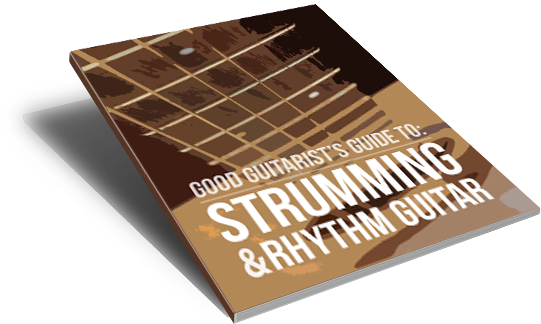Master Finger Independence & Fretboard Skills with This Simple Guitar Exercise
Build finger independence, boost fretboard familiarity, and unlock better guitar technique with this easy 1-2-3 finger exercise. Perfect for beginners and up!
Mastering Finger Independence and Fretboard Familiarity: A Guitar Exercise Guide
Hey everyone! In today’s lesson, I want to show you one of the most effective (and underrated!) guitar exercises out there. It’s perfect for improving finger independence, fretboard familiarity, and overall coordination—plus, it’s super easy to learn.
This came from a question one of my students asked about exercises where you use all your fingers, in a 1-2-3-4 kinda pattern, across the fretboard. You’ve probably seen something like this before, but today I want to show you how to practice it properly—and even adapt it to make it way more useful for your actual playing.
🎸 What Is the Finger Independence Exercise?
At its core, this exercise is dead simple. You’re just moving two fingers across a few frets at a time, like this:

You only need to consider 2 things:
- Which two fingers you are going to use
- Where you’re going to start on the fretboard (1st fret, 2nd fret, etc.)
But even with such simple rules/variables, you realize pretty quickly how… infinite the possibilities can be.
And here’s where it gets interesting…
🧠 How to Practice This for Maximum Benefit
1. Start Slow
Don’t worry about speed. Focus on accuracy, smooth motion, and placing both fingers down together. Only lift the finger that’s not fretting a note.
2. Add a Metronome
Once it feels comfortable, start using a metronome to make sure your rhythm is steady. Slowly increase the tempo over time.
3. Think of It Like Meditation
Honestly, this is one of the few guitar exercises that can feel… boring. But that’s not a bad thing! It’s so simple, you can zone out and do it while watching TV or listening to music. It’s like getting better at guitar for free.
✅ Finger Independence Exercise Checklist
Daily Practice Goals:
- 1-2 (Index + Middle) – 1st position
- 2-3 (Middle + Ring) – 1st position
- 3-4 (Ring + Pinky) – 1st position
- 1-3 (Index + Ring) – mid-neck
- 2-4 (Middle + Pinky) – mid-neck
- 1-4 (Index + Pinky) – up the neck
- Backwards: 2-1, 3-2, 4-3
- Backwards: 3-1, 4-2, 4-1
- Try on frets 1, 5, 9, 12
- Use a metronome (start slow!)
Optional Add-ons:
- Do one round while watching TV or listening to music
- Play a scale right after the exercise (minor or major pentatonic)
- Track your tempo progress this week
🌎 Explore the Fretboard
Don’t just stick to one spot. Try these in different positions up and down the fretboard. That’s how you start building true fretboard familiarity.
💪 Muscle Memory = Freedom
The real goal? Strengthening the connection between your brain and your fingers. Think of this like turning a bumpy dirt road into a smooth paved highway—your fingers will start moving faster and smoother, with less effort and more accuracy.
⏱️ Practice Tip
Break it into short sessions:
- Morning: 15–20 minutes
- Afternoon: 15–20 minutes
- Evening: 15–20 minutes
This kind of spaced-out practice helps your brain lock in the movements much more effectively than one long session.
🎯 Final Thoughts
If you’re serious about playing riffs, scales, and solos with confidence, exercises like this are your foundation. They might not be flashy, but they’re so effective. Stick with it—even just a few minutes a day will pay off big time.
And if you want step-by-step guidance with all the bonuses and structure you need to stay on track, check out my Premium Membership – it’s like having me as your personal coach, anytime you want.
Have a fun time practicing and I’ll see you soon!
– James
All-Access Pass
Start your 10-day FREE trial
- Step-By-Step Courses
- Exclusive YouTube Bonuses
- Q&A with James






